
Concept explainers
a.
To define : the carrying capacity and also find the value of
a.
Answer to Problem 1E
The carrying capacity is
Explanation of Solution
Given information : The question is
A population develops according to the logistic equation
Calculation :
The logistic equation is
Where
b.
that where is the slope is
b.
Explanation of Solution
Given information :
A direction field of graph is shown below
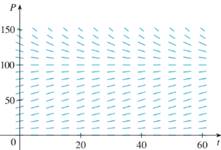
The direction field to see over which range the slopes increase or decrease. The more flat the lines are the closer they are to
The graph is shown below
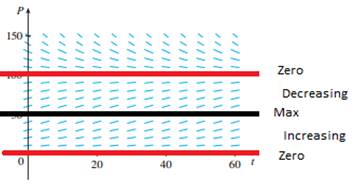
c.
that which solutions have inflection point and at what population level they do occur
c.
Explanation of Solution
Given information : The initial populations are
Calculation :
When the initial population is
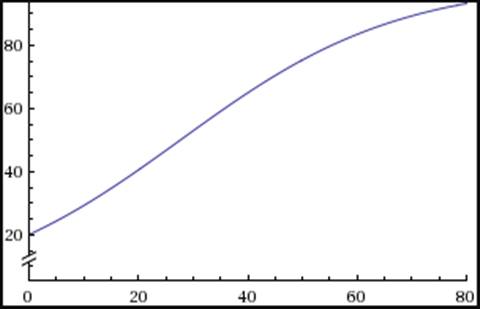
When the initial population is
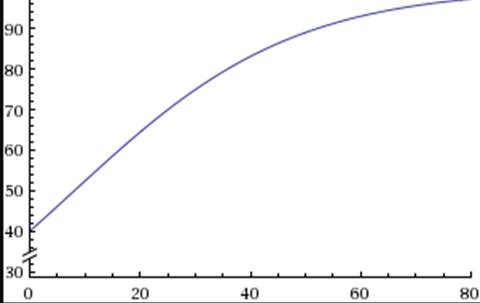
When the initial population is

When the initial population is
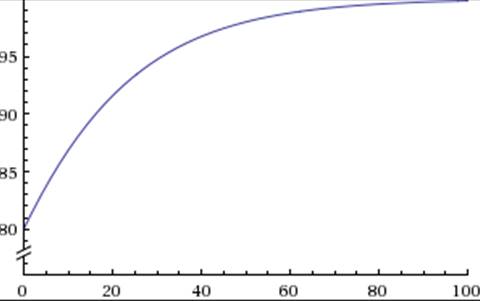
When the initial population is
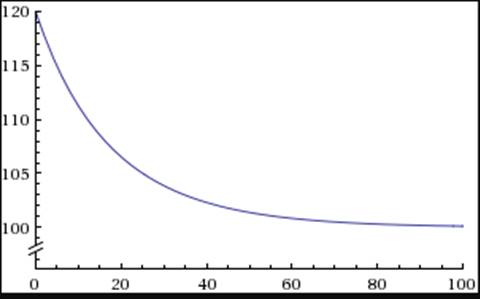
When the initial population is

d.
To define : the equilibrium solutions and how they are different from other
d.
Explanation of Solution
Given information : The question is
A population develops according to the logistic equation
The equilibrium solutions are
At these population levels, there is no change with time
The population levels are constant. These are the asymptotic points for other solutions. When enough time passes, the other solution will converge to one
Chapter 7 Solutions
Single Variable Calculus: Concepts and Contexts, Enhanced Edition
 Calculus: Early TranscendentalsCalculusISBN:9781285741550Author:James StewartPublisher:Cengage Learning
Calculus: Early TranscendentalsCalculusISBN:9781285741550Author:James StewartPublisher:Cengage Learning Thomas' Calculus (14th Edition)CalculusISBN:9780134438986Author:Joel R. Hass, Christopher E. Heil, Maurice D. WeirPublisher:PEARSON
Thomas' Calculus (14th Edition)CalculusISBN:9780134438986Author:Joel R. Hass, Christopher E. Heil, Maurice D. WeirPublisher:PEARSON Calculus: Early Transcendentals (3rd Edition)CalculusISBN:9780134763644Author:William L. Briggs, Lyle Cochran, Bernard Gillett, Eric SchulzPublisher:PEARSON
Calculus: Early Transcendentals (3rd Edition)CalculusISBN:9780134763644Author:William L. Briggs, Lyle Cochran, Bernard Gillett, Eric SchulzPublisher:PEARSON Calculus: Early TranscendentalsCalculusISBN:9781319050740Author:Jon Rogawski, Colin Adams, Robert FranzosaPublisher:W. H. Freeman
Calculus: Early TranscendentalsCalculusISBN:9781319050740Author:Jon Rogawski, Colin Adams, Robert FranzosaPublisher:W. H. Freeman
 Calculus: Early Transcendental FunctionsCalculusISBN:9781337552516Author:Ron Larson, Bruce H. EdwardsPublisher:Cengage Learning
Calculus: Early Transcendental FunctionsCalculusISBN:9781337552516Author:Ron Larson, Bruce H. EdwardsPublisher:Cengage Learning





